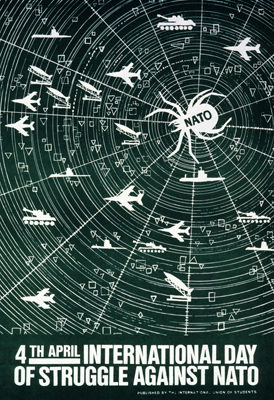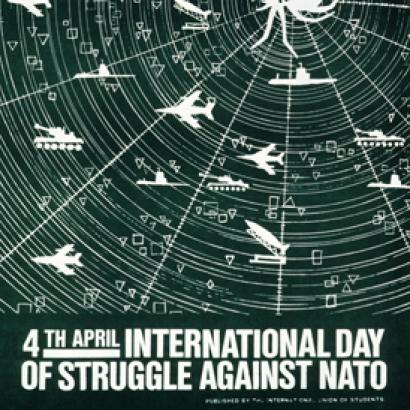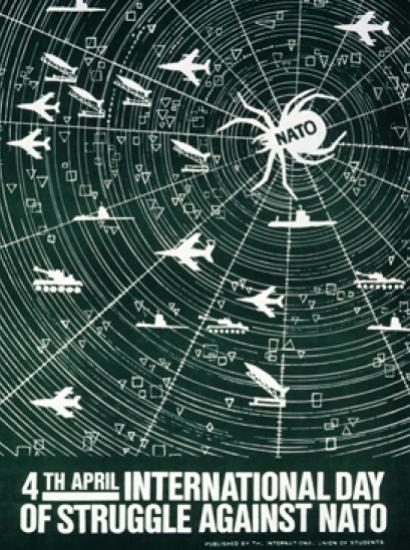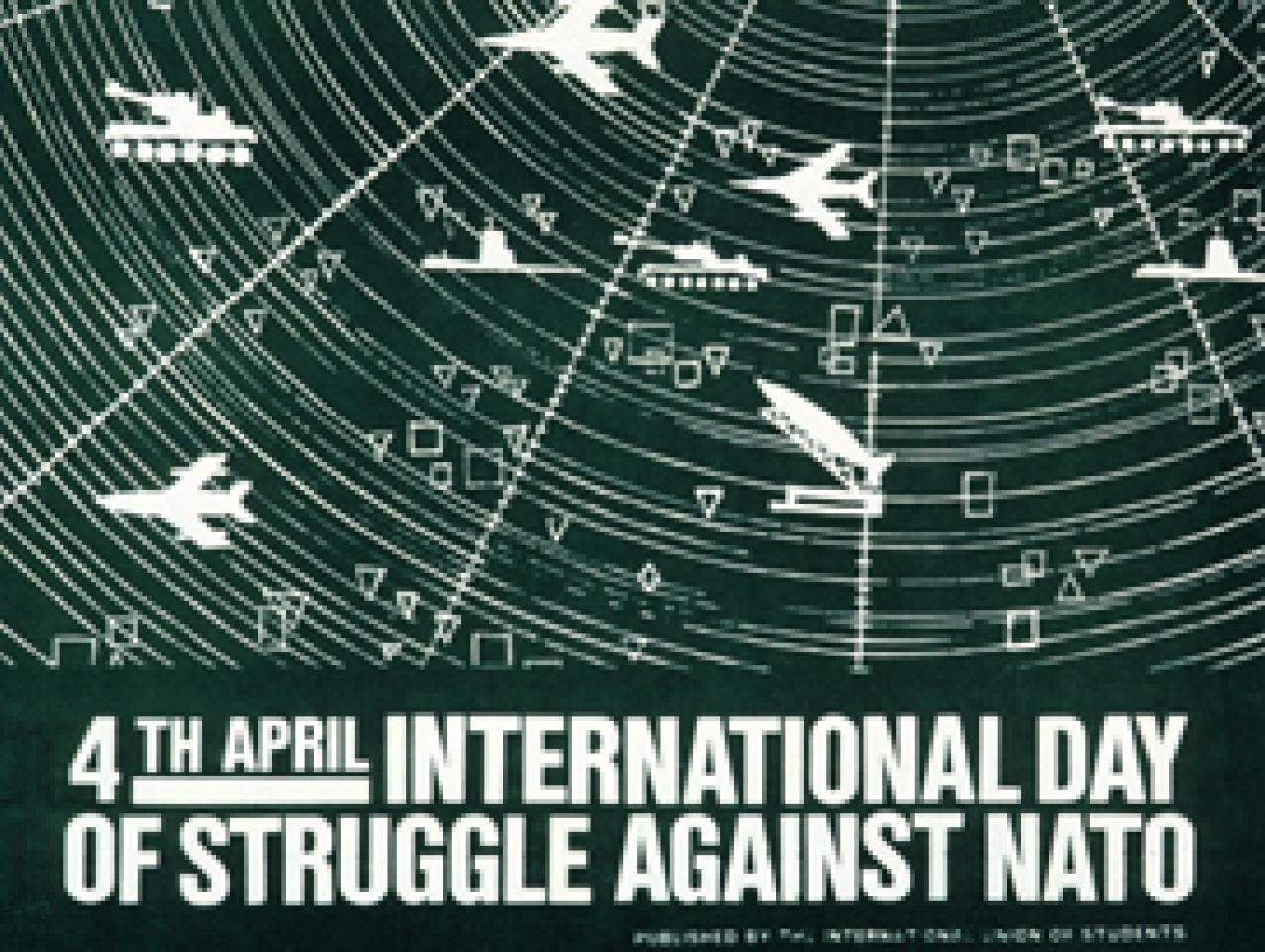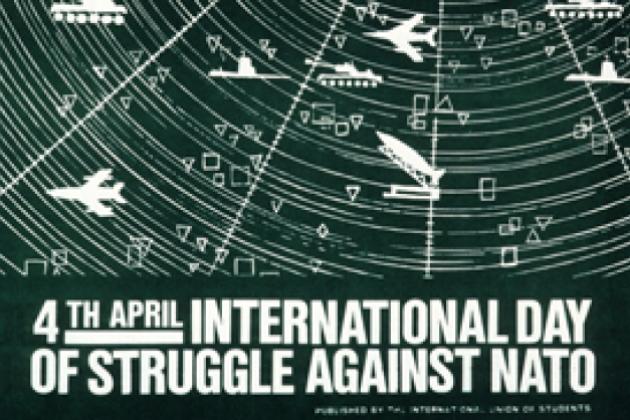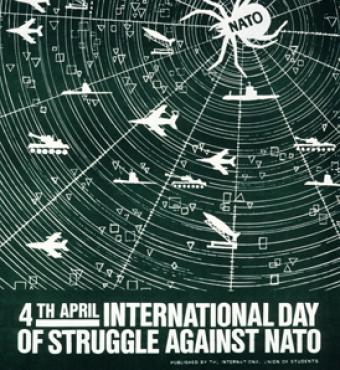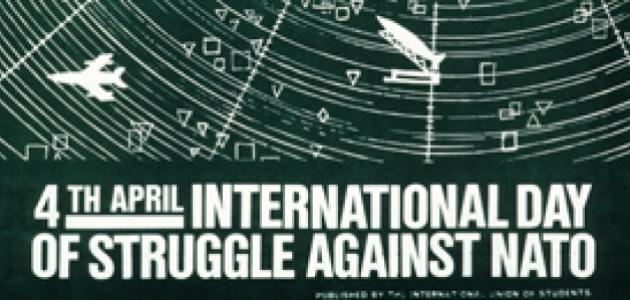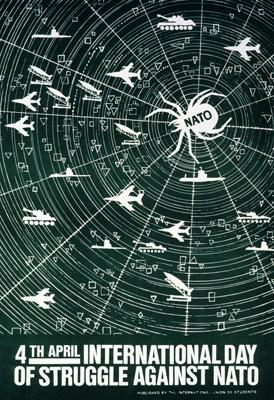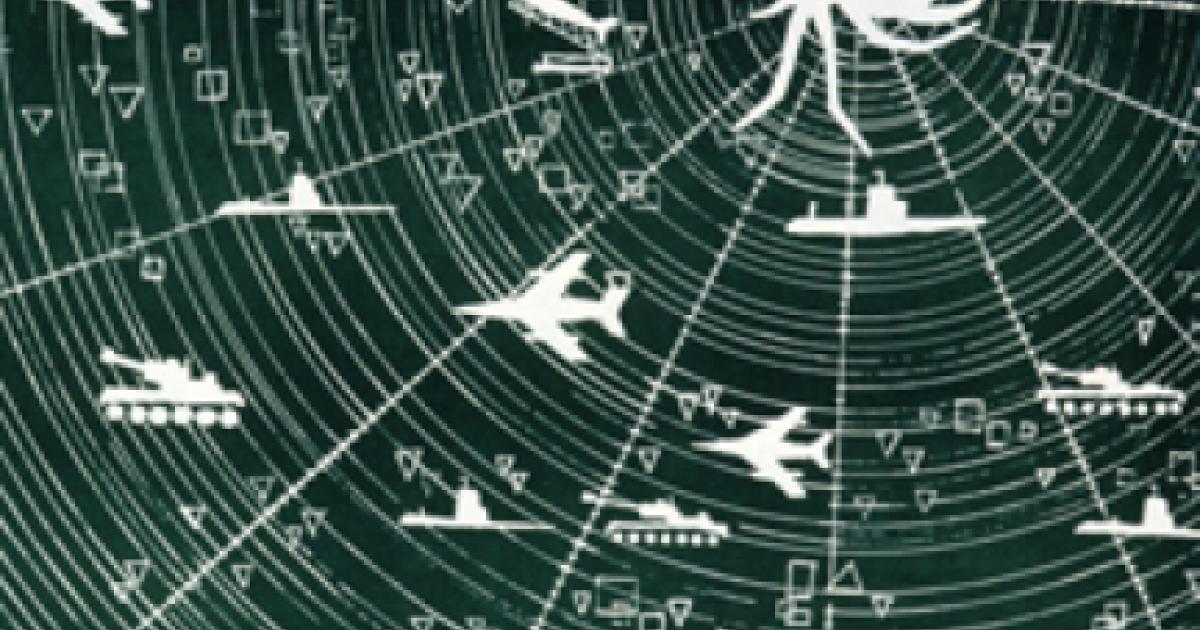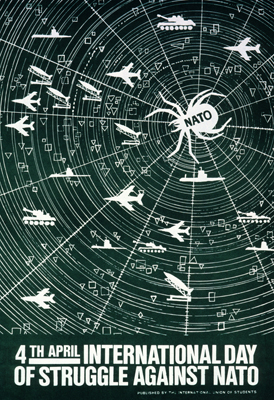
NATO is the centerpiece of U.S.-European relations. The linchpin of the alliance is Article 5 of the North Atlantic Treaty, which states that “an armed attack against one or more of them [NATO members] in Europe or North America shall be considered an attack against them all” and that all members are obliged to assist the state(s) under attack. Article 5 has been invoked only once in NATO’s history, after the terrorist attacks against the U.S. homeland on September 11, 2001. Following the destruction of the World Trade Center and the attack on the Pentagon, NATO aircraft flew 360 combat air patrol sorties over American cities, with 830 crew members from 13 allied nations involved in the effort. Meant to deter Soviet adventurism in Europe, Article 5 has only been used once, ironically to protect the United States from non-state actors.
The initial impetus for the formation of a mutual defense pact was the blockade of Berlin and the Communist-inspired coup in Czechoslovakia that brought that nation into the Soviet orbit. Alarmed by Soviet Premier Josef Stalin’s strong arm tactics and frightened by the prospect of the Red Army rolling over Western Europe, ten European nations (Belgium, the Netherlands, Luxembourg, France, the United Kingdom, Portugal, Italy, Norway, Denmark, and Iceland) along with Canada and the United States signed the North Atlantic Treaty in Washington, D.C., on April 4, 1949. After the outbreak of the Korean War in June 1950, NATO states realized their military capabilities were insufficient to stop a determined Communist attack. In January 1951 they formed the Supreme Headquarters Allied Powers Europe (SHAPE), under the command of U.S. General of the Army Dwight D. Eisenhower, to direct NATO forces. At the meeting of the North Atlantic Council in February 1952 in Lisbon, the member states agreed to embark on an ambitious military buildup of ninety-six ground divisions, a figure subsequently lowered to just thirty-five divisions that would be bolstered by significant nuclear capabilities. Greece and Turkey joined the alliance shortly thereafter.
The United States funneled $20 billion in military assistance to European militaries from 1951-1953, but despite this aid NATO lacked the conventional strength to serve as little more than a tripwire in the event of a Soviet attack. An attack by the Red Army would be followed inevitably by the use of nuclear weapons to stem the red tide, with all the massive destruction such actions would entail. For NATO to possess an effective conventional deterrent, Germany would have to rebuild its military forces. The French objected to such a policy without controls; they did not want the Germans to possess military forces that could threaten French security. Only in 1955, after a change in government and in the wake of defeat in Indochina, did the French agree to allow the Germans to rearm, but only under NATO command and with the proviso that German forces could not be used outside NATO territory. With German forces added to the alliance, NATO was able to act as a more credible deterrent to Soviet expansionism in Europe. West German rearmament came at a price, however, as it also led to the creation of the Warsaw Pact, the Soviet-dominated military alliance that included Hungary, Czechoslovakia, Poland, Bulgaria, Romania, Albania, and East Germany. The two opposing sides of the Cold War in Europe had hardened into competing alliances.
France did not remain satisfied within an American-led NATO. After assuming the French presidency in 1958, Charles de Gaulle argued for the creation of a tripartite directorate that would in his view give France an equal role to that enjoyed by the United States and Great Britain. Rebuffed in his demands, de Gaulle formed an independent nuclear Force de Frappe capable of protecting France against attack without relying on NATO or the U.S. nuclear umbrella. In stages de Gaulle withdrew the French Mediterranean Fleet from NATO control, banned the stationing of foreign (meaning U.S.) nuclear weapons in France, and removed the French Atlantic and Channel fleets from NATO command. In 1966 he took the final step of removing French military forces from NATO’s integrated military command and ordering the removal of U.S. and other NATO troops from French soil. Piqued by this demand, U.S. Secretary of State Dean Rusk pointedly inquired of de Gaulle whether the order included the bodies of American soldiers in French cemeteries. They remained, but American forces departed. NATO’s headquarters relocated from Paris to Mons, Belgium.1[During the four decades of the Cold War, NATO’s focus was on the forward defense of West Germany and the nuclear umbrella over Europe that ensured the Red Army stayed on the eastern side of the Iron Curtain. During this period the United States fought significant wars in Korea and Vietnam and intervened with military forces in a number of other hot spots around the world, supported at times by NATO member states but never by the alliance as a whole. NATO land forces were concentrated in Germany, with priority given to the defense of the North German Plain and the Fulda Gap. By 1980 the increase in Soviet land power, however, made a conventional defense of Western Europe increasingly problematic. NATO countered this threat by stationing thousands of tactical nuclear warheads and hundreds of intermediate range nuclear tipped missiles in Europe, while at the same time seeking a comprehensive arms control agreement with the Soviet Union. The result was a worsening of relations between NATO and the Warsaw Pact, as well as significant anti-nuclear weapons demonstrations in Western Europe. Nevertheless, the alliance remained stable, even adding Spain as its sixteenth member in 1982.
The fall of the Iron curtain in 1989 led shortly thereafter to the dissolution of the Warsaw Pact and the Soviet Union, removing NATO’s major adversaries and with them its raison d’être. These events caused serious soul-searching in the alliance, which reevaluated its strategic purpose. NATO found new meaning in “out of area” missions in Europe, South Asia, and Africa. NATO aircraft launched airstrikes against Bosnian Serb forces in August 1995, and a large NATO ground contingent participated in the subsequent multi-year peacekeeping mission in Bosnia. In 1999 NATO led a bombing campaign against Serbia and engaged in a subsequent peacekeeping mission that led to Kosovar independence a decade later. Outside of Europe, beginning in 2003 NATO forces in Afghanistan participated in the International Security Assistance Force, which included troops from forty-two countries. NATO also sent a small training mission to Iraq to assist in rebuilding Iraqi military forces after the U.S. invasion. Starting in August 2009, NATO sent naval forces to protect commercial shipping in the Gulf of Aden from Somali pirates. In 2011 NATO led efforts to enforce a no-fly zone and protect civilians in Libya in accordance with UN Security Council Resolution 1973. During the seven months of the operation, NATO aircraft flew 9,500 sorties and provided the firepower that eventually toppled Libyan strongman Muammar Gaddafi from power.
The Libyan intervention, however, also highlighted the failure of many NATO states to invest adequately in their military forces, with a number of units running out of munitions by the end of the operation. The continued diversion of government budgets from military to social welfare spending has left many NATO militaries a shell of their former Cold War selves. Only a handful of NATO members meet the alliance benchmark of spending at least 2 percent of their gross domestic product on defense. In fact, the United States currently accounts for roughly three quarters of all defense spending in NATO, a figure that leads many to conclude, not inaccurately, that European nations are freeriding on the United States for their security needs. If not addressed, this imbalance could imperil alliance unity in the near future.
NATO has also expanded into areas of Eastern Europe and the former Warsaw Pact. The first tranche of enlargement came in 1999 with the addition of the Czech Republic, Hungary, and Poland.2 Five years later NATO added Bulgaria, Estonia, Latvia, Lithuania, Romania, Slovakia, and Slovenia as member states. In 2009 Albania and Croatia joined the alliance. Bosnia and Herzegovina, Macedonia, and Montenegro all participate in NATO’s membership action plan, which serves as NATO’s review mechanism for aspiring members. Russia’s concern that Georgia and Ukraine, both located in what Moscow terms the “near abroad,” would follow suit is part of the reason for its military intervention in those nations. On the other hand, there is little doubt that the continued existence of NATO has kept most of the Continent peaceful for the longest stretch in recorded history.
The Greek historian Thucydides once famously stated that nations go to war for one of three reasons: fear, honor, and interest. One could extend this reasoning to why nations form alliances, and why those alliances remain intact or fall apart over time. Despite NATO’s manifest military weaknesses and lack of investment in defense capabilities, strong incentives continue to hold the alliance together. Russian President Vladimir Putin’s aggression in Georgia and Ukraine has spooked his neighbors, especially those new NATO member states in Eastern Europe. Fear of Russian revanchism has served as inspiration for the maintenance of a healthy military relationship among NATO allies and has led to commitments of NATO ground and air forces (on a rotating basis) in the Baltic States and Poland. As importantly, NATO has served as an integrating mechanism for Europe for more than sixty-five years. Its dissolution would leave the Continent without a unified military force, the existence of which ensures stability in an area of the world that for many centuries was the most warlike on the globe. Rather than an anachronism of the Cold War, NATO today plays a pivotal, stabilizing role in European security, and will continue to do so for the foreseeable future.
1. In 2009 France rejoined NATO’s military command structure, while retaining its independent nuclear deterrent force.
2. A unified Germany became part of NATO on October 3, 1990.







